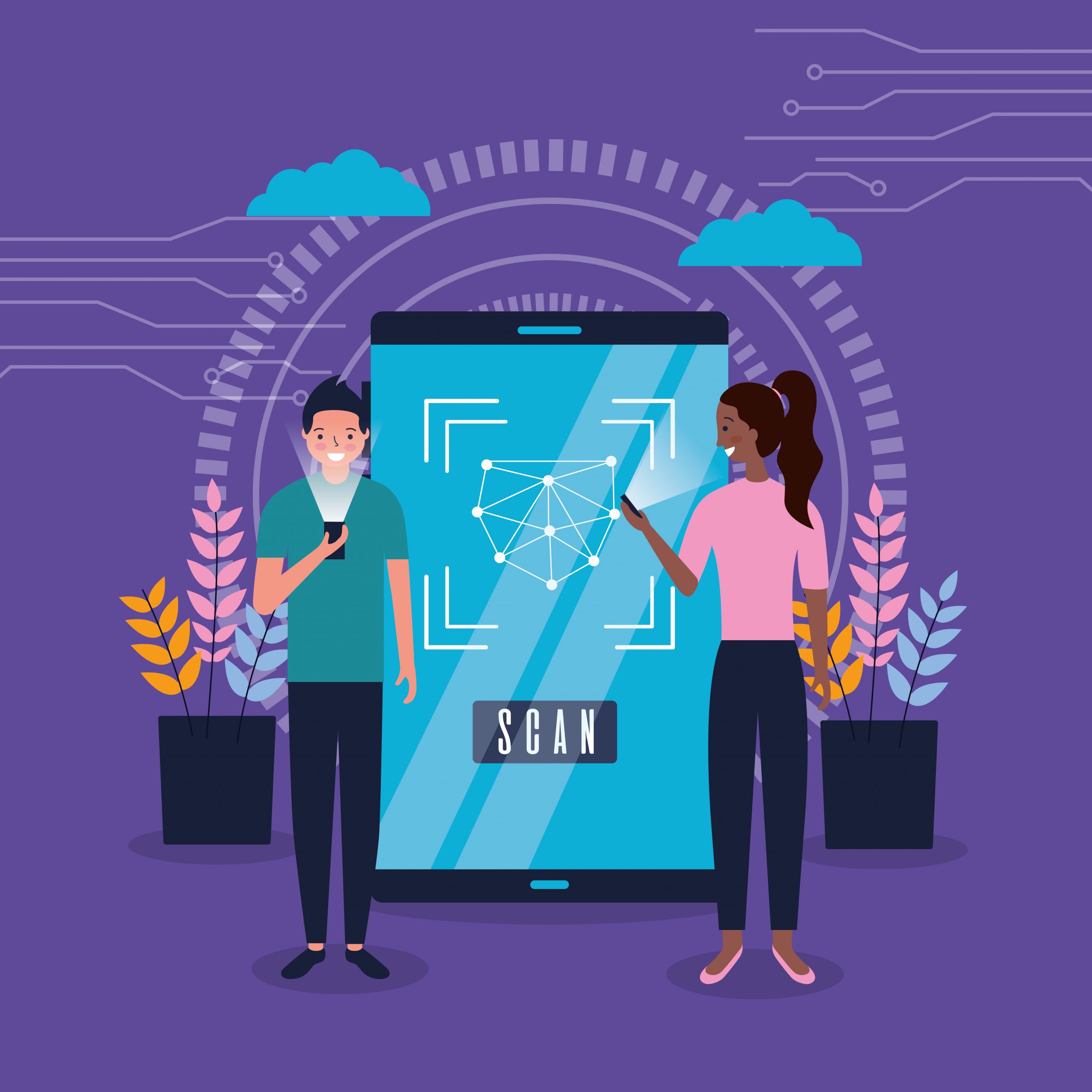Digital Twins represent a revolutionary technology that creates a virtual replica of a physical object or system. This digital counterpart allows for real-time monitoring, analysis, and optimization of processes in various industries. By creating a bridge between the physical and digital realms, Twins enable companies to enhance efficiency, reduce costs, and improve overall performance.
1. Understanding Digital Twins
At the core, Twins involve creating a detailed digital representation of a physical entity. This can include anything from machinery in a factory to entire buildings or even human organs. By using sensors and data analytics, these virtual models provide insights into how their real-world counterparts operate, helping businesses predict failures, streamline operations, and optimize performance.
2. Applications of Twins in Manufacturing
One of the most prominent uses of Digital Twins is in manufacturing. Companies can create digital replicas of their machinery to monitor performance, detect issues, and perform predictive maintenance. By analyzing the data collected from the physical equipment, Twins help in identifying potential problems before they occur, reducing downtime and maintenance costs. For instance, in the automotive industry, manufacturers use Twins to simulate production processes, improving quality and efficiency.
3. Enhancing Healthcare with Digital Twins
In healthcare, Twins are being used to create personalized patient models, enabling doctors to simulate and test treatment options before applying them in the real world. By creating a digital replica of a patient’s anatomy, healthcare providers can plan surgeries, monitor patient health, and even predict how certain treatments will affect the individual. This technology is paving the way for more precise and effective medical care.
4. The Future of Digital Twins in Smart Cities
Twins are also playing a crucial role in the development of smart cities. Urban planners can use this technology to create virtual models of city infrastructure, including buildings, transportation systems, and utilities. By analyzing data in real-time, Twins help in optimizing energy consumption, improving traffic management, and enhancing the quality of life for residents. For example, cities like Singapore have implemented Twin technology to monitor and manage city operations more effectively.
Conclusion
Twins are transforming how industries operate by bridging the gap between the physical and digital worlds. From manufacturing and healthcare to smart cities, this technology is driving innovation and efficiency. As Digital Twins continue to evolve, they will unlock new possibilities for businesses and society. For more insights on how Twins can benefit your industry, visit Bedots.
Read more: The Impact of ICT on Supply Chain Management



